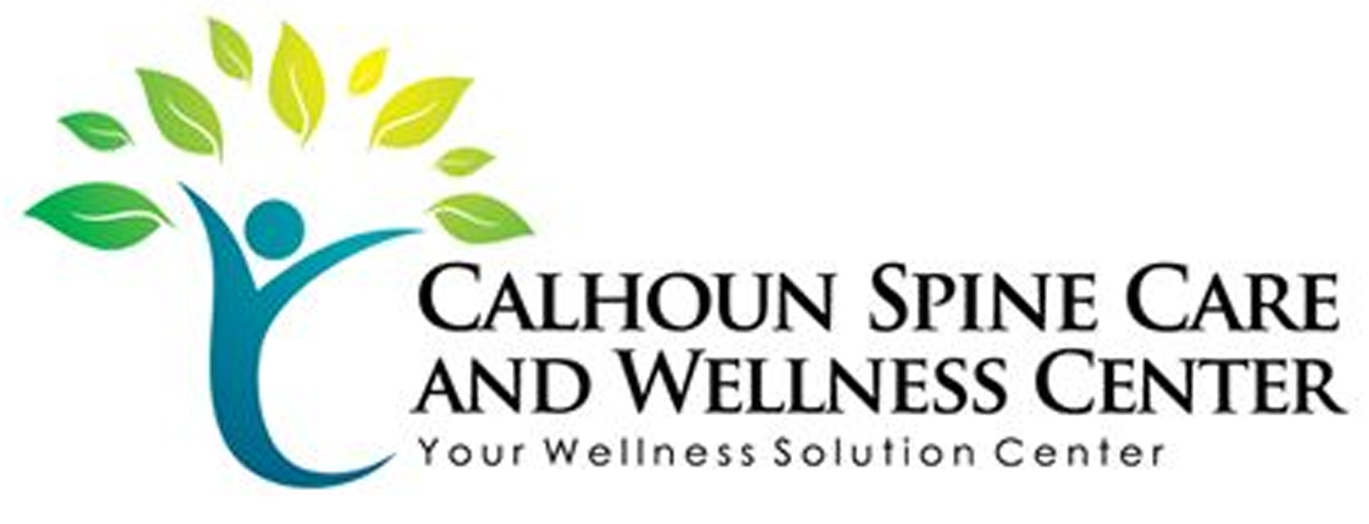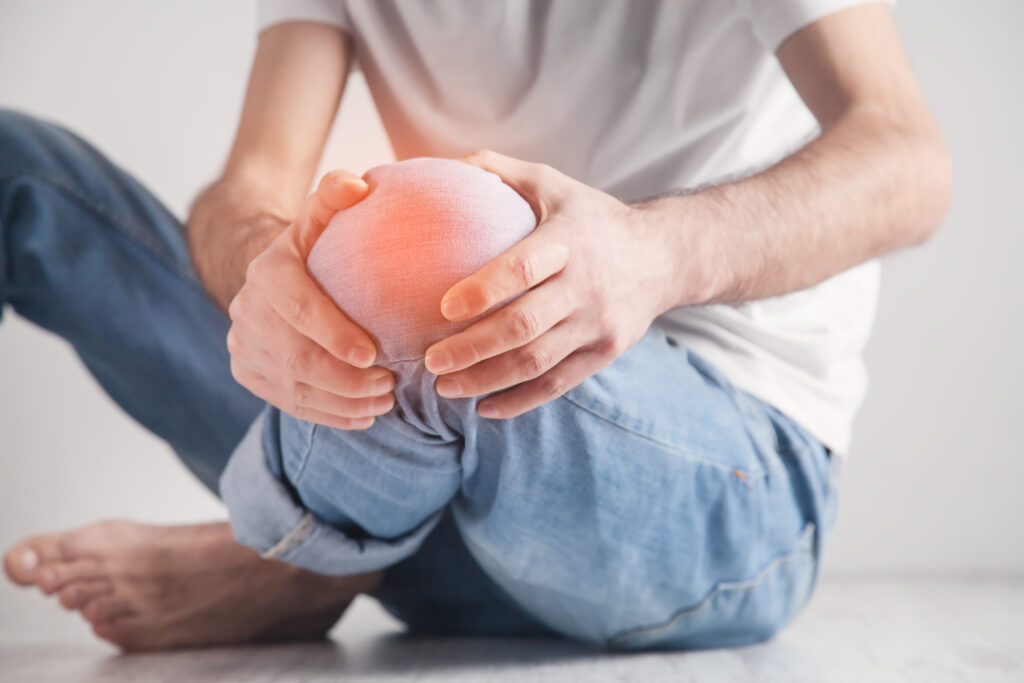When you face a sports injury, you might wonder if surgery is your only option. Many injuries, like sprains and strains, often respond well to conservative treatments, such as rest and physical therapy. However, what's the real potential for healing without going under the knife? Understanding the complexities of your injury and the available non-surgical methods can make all the difference. As you consider your next steps, it's essential to explore the various approaches and their effectiveness—because the answers might surprise you.
Overview of Sports Injuries
Sports injuries commonly occur across various activities, impacting athletes of all levels. Whether you're a weekend warrior or a seasoned pro, the risk of injury is always present. These injuries can range from minor sprains to severe fractures, affecting different parts of the body. Understanding the mechanics behind these injuries is fundamental for prevention and recovery.
You might experience acute injuries, which happen suddenly during an activity. For instance, twisting an ankle while running or pulling a muscle during a game can lead to immediate pain and swelling.
On the other hand, chronic injuries develop over time due to repetitive stress. Think of tennis elbow or runner's knee; these conditions often arise from improper technique or overuse.
Injuries can also be classified based on the tissues involved. Soft tissue injuries affect muscles, ligaments, and tendons, while hard tissue injuries involve bones.
It's important to recognize the signs of injury early on. If you notice persistent pain, swelling, or difficulty moving a joint, it's necessary to seek attention. Ignoring these symptoms can lead to more severe problems down the road.
As an athlete, you need to pay attention to your body and learn from past injuries. This awareness allows you to make adjustments in your training and technique, potentially reducing the likelihood of future incidents.
Understanding the nature of sports injuries equips you with the knowledge to take proactive steps in your athletic journey.
Common Non-Surgical Treatments
When you're dealing with a sports injury, several effective non-surgical treatments can help you heal.
Physical therapy can strengthen your muscles and improve mobility, while ice and compression can reduce swelling and pain.
Don't underestimate the importance of rest and rehabilitation in your recovery process; it's essential for getting you back on track.
Physical Therapy Benefits
Physical therapy offers a myriad of benefits for athletes recovering from injuries, often serving as an effective alternative to surgery. It focuses on restoring function, reducing pain, and enhancing mobility. By engaging in a tailored physical therapy program, you can experience considerable improvements in your recovery process.
Here are four key benefits of physical therapy for injury recovery:
- Pain Management: Physical therapists utilize various techniques, like manual therapy and exercises, to alleviate pain without the need for medication.
- Improved Mobility: Through targeted exercises and stretches, you can regain your range of motion, helping you return to your sport faster.
- Strengthening: Physical therapy helps strengthen the muscles surrounding your injured area, reducing the risk of re-injury and enhancing overall performance.
- Education and Prevention: Therapists educate you on proper techniques and body mechanics, equipping you with the knowledge to prevent future injuries.
Incorporating physical therapy into your recovery plan can considerably enhance your healing process, keeping you on track to achieve your athletic goals while avoiding the potential complications of surgery.
Ice and Compression
After exploring the benefits of physical therapy, it's important to contemplate other effective non-surgical treatments like ice and compression. These methods can greatly reduce pain and swelling, helping you recover faster from sports injuries.
When you experience an acute injury, applying ice immediately can be essential. Cold therapy numbs the area, reducing pain while constricting blood vessels to limit swelling. You should aim to ice the injured area for about 15-20 minutes every hour during the first 48 hours. Just remember to wrap the ice pack in a cloth to protect your skin.
Compression also plays a key role in managing swelling. By using elastic bandages or compression sleeves, you can provide support and keep swelling in check. Wrap the affected area snugly but not too tight—ensuring you maintain blood circulation.
Combining ice and compression can enhance their effectiveness. By addressing pain and swelling, you'll create an ideal environment for healing.
Don't underestimate these simple yet powerful treatments; they can make a considerable difference in your recovery journey. When used correctly, ice and compression might just be the non-surgical options you need to get back in the game.
Rest and Rehabilitation
Rest and rehabilitation are essential components of your recovery process after a sports injury. Taking the time to let your body heal can make a significant difference in your overall recovery.
While it may be tempting to jump back into action, prioritizing rest allows your injury to mend properly and prevents further complications.
Here are four common non-surgical treatments to aid your recovery:
- Active Rest: Engage in low-impact activities that don't aggravate your injury. Think walking or gentle stretching to maintain mobility without straining.
- Physical Therapy: Work with a qualified physical therapist to develop a personalized rehabilitation program. They'll guide you through exercises that strengthen the injured area and restore range of motion.
- Strengthening Exercises: Once your injury starts to heal, gradually incorporate strengthening exercises. This helps rebuild muscle around the injured site, providing better support.
- Gradual Return to Activity: As you heal, slowly reintroduce your sport. Start with shorter, less intense sessions to guarantee your body can handle the increased load without risking re-injury.
The Role of Physical Therapy
When you face a sports injury, physical therapy plays an essential role in your recovery.
It involves various rehabilitation techniques that help manage pain and strengthen your body effectively.
Understanding these strategies can greatly enhance your healing process.
Rehabilitation Techniques Explained
Physical therapy plays an essential role in the rehabilitation of sports injuries, helping athletes regain strength, flexibility, and mobility. When you undergo physical therapy, you'll engage in various techniques tailored to your specific injury and needs.
Here are some key rehabilitation techniques you can expect:
- Therapeutic Exercises: These exercises are designed to strengthen the injured area and improve overall function. You'll focus on both strength and range of motion to support recovery.
- Manual Therapy: This hands-on technique involves your therapist manipulating soft tissues and joints to reduce pain and improve mobility. It's great for loosening tight muscles and enhancing circulation.
- Modalities: Physical therapists often use modalities like ultrasound, electrical stimulation, or ice packs to reduce swelling and promote healing. These methods can help manage inflammation effectively.
- Education and Training: Your therapist will guide you on proper body mechanics and techniques to prevent future injuries. This education is vital for ensuring a safe return to your sport.
Pain Management Strategies
How can you effectively manage pain after a sports injury? One of the most beneficial approaches is physical therapy. By working with a qualified physical therapist, you can learn targeted techniques to alleviate pain and promote healing. They'll assess your injury and develop a personalized treatment plan tailored to your needs.
During therapy sessions, you'll engage in various modalities such as manual therapy, ultrasound, or electrical stimulation, all of which can help reduce pain and inflammation.
You'll also benefit from education on proper body mechanics and posture, which can prevent further injury and minimize discomfort.
Additionally, your therapist can guide you through gentle stretching and mobility exercises, which not only help increase your range of motion but also promote blood flow to the injured area, aiding recovery.
Consistent sessions will empower you to manage your pain more effectively and regain confidence in your body.
Don't underestimate the importance of open communication with your therapist about your pain levels. This feedback will enable them to adjust your treatment as needed, ensuring you're on the right path to recovery.
Embracing these strategies can make a significant difference in your healing journey.
Strengthening Exercises Importance
Strengthening exercises play an essential role in your recovery from a sports injury. They help rebuild muscle strength, improve flexibility, and enhance your overall function.
When you engage in a targeted physical therapy program, you're not just easing pain; you're setting yourself up for long-term success.
Here are four key benefits of incorporating strengthening exercises into your rehab:
- Reinforces Stability: Stronger muscles support your joints, reducing the risk of future injuries.
- Enhances Range of Motion: Improved strength allows for greater flexibility, making it easier to perform daily activities and sports movements.
- Boosts Confidence: As you regain strength, you'll feel more secure in your body, which can help alleviate any fears of re-injury.
- Promotes Faster Recovery: A well-structured strengthening program can speed up your healing process, allowing you to return to your favorite activities sooner.
Alternative Healing Methods
Alternative healing methods have gained popularity among athletes seeking to recover from sports injuries without resorting to surgery. You might consider options like acupuncture, massage therapy, or chiropractic care. These approaches focus on stimulating the body's natural healing processes, which can be particularly beneficial for soft tissue injuries, sprains, and strains.
Acupuncture, for instance, involves inserting thin needles at specific points to alleviate pain and promote healing. Many athletes report reduced inflammation and improved mobility following treatments, making it an appealing choice for those looking to avoid invasive procedures.
You may also find that massage therapy helps relieve tension and improve circulation, enabling your body to recover more effectively.
Chiropractic care is another alternative. By realigning your spine and joints, chiropractors can help alleviate pain and improve function, which is vital for anyone recovering from an injury. You'll want to confirm you're working with a qualified professional who understands sports injuries to get the maximum benefit.
Additionally, physical therapy often incorporates alternative methods like ultrasound or electrical stimulation, which can accelerate healing. These techniques can be tailored to your specific injury and recovery goals, offering a tailored approach to rehabilitation.
Ultimately, while traditional medicine has its place, exploring alternative healing methods could provide you with an all-encompassing recovery plan.
Just remember to consult with healthcare professionals to determine the best options for your unique situation. This way, you can make informed decisions and get back to your sport stronger than ever.
Recovery Timeframes Explained
Understanding the recovery timeframe for sports injuries is essential for setting realistic expectations. When you or someone you know faces a sports injury, knowing how long the healing process might take can help you plan your return to the game or your daily activities.
Recovery times can vary greatly depending on the type and severity of the injury, but here are some general guidelines:
- Minor Sprains and Strains: These typically take about 1 to 3 weeks to heal. You might find that rest, ice, compression, and elevation (RICE) methods can speed up recovery.
- Moderate Injuries: Injuries such as moderate ligament sprains or muscle tears may require 4 to 6 weeks for significant recovery. Physical therapy can play a vital role during this period.
- Severe Injuries: More serious conditions, like complete tears or fractures, may take anywhere from 6 weeks to several months to heal properly. Surgery might sometimes be necessary, but non-invasive treatments can also aid recovery.
- Chronic Conditions: Injuries that develop over time, like tendonitis, can take several months to years to heal completely, depending on consistency in treatment and rehabilitation.
Case Studies and Success Stories
In the world of sports, injuries can feel overwhelming, but many athletes have found success in healing without surgery. Take, for example, Jenna, a competitive runner who faced a severe hamstring strain. Instead of opting for surgery, she committed to a rigorous rehabilitation program that included physical therapy, targeted exercises, and plenty of rest.
Within weeks, she was back to training, ultimately achieving personal bests in her races.
Then there's Mike, a high school soccer player who suffered from chronic knee pain. After consulting with his coach and a sports therapist, he focused on strengthening the muscles around his knee through low-impact exercises and flexibility training.
Over time, his pain subsided, allowing him to return to the field without the need for invasive procedures.
You might also find inspiration in the story of Lisa, a gymnast who dislocated her shoulder. Rather than rushing into surgery, she worked diligently on a recovery plan that included ice therapy, mobility exercises, and gradually increasing strength training.
Lisa was back performing her routines in just a few months, proving that patience and dedication can yield impressive results.
These case studies illustrate that with the right approach, many athletes can overcome injuries without surgical intervention.
Expert Opinions and Insights
Athletes like Jenna, Mike, and Lisa demonstrate that surgery isn't always the only path to recovery. In fact, many experts emphasize that conservative treatment options can be just as effective.
Physical therapists, sports medicine physicians, and trainers often advocate for non-surgical approaches, citing the body's remarkable ability to heal itself with proper care and support.
Here are some expert insights on healing without surgery:
- Rest and Rehabilitation: Experts agree that allowing your body time to heal and focusing on targeted rehabilitation exercises can greatly enhance recovery. This approach minimizes the risk of re-injury.
- Physical Therapy: Many athletes find that working with a skilled physical therapist helps address imbalances and strengthens muscles around the injured area. This not only aids recovery but also improves overall performance.
- Alternative Therapies: Techniques such as acupuncture, massage therapy, and chiropractic adjustments can promote healing by improving circulation and reducing inflammation. Many athletes report positive outcomes from these methods.
- Nutrition and Hydration: Nutrition plays an essential role in recovery. Experts recommend a balanced diet rich in proteins, vitamins, and minerals to support tissue repair. Staying hydrated can also facilitate the healing process by ensuring ideal physiological function.
Making Informed Decisions
Making informed decisions about sports injuries can greatly impact your recovery journey. When faced with an injury, it's important to evaluate your options carefully. Start by understanding the nature of your injury—consult a medical professional who specializes in sports medicine. They can provide an accurate diagnosis and outline potential treatment paths, including non-surgical options.
Once you have a clear picture, research the alternatives. Many injuries can heal effectively with physical therapy, rest, and rehabilitation. Look into evidence-based treatments like platelet-rich plasma (PRP) therapy or stem cell treatments, which have shown promise in certain cases. However, not all injuries respond the same way, so it's necessary to weigh the pros and cons of each approach.
Don't hesitate to seek a second opinion. Different practitioners may have varying perspectives on your treatment options. This will help you gather diverse insights and make a more educated choice.
Additionally, consider your activity level and future goals. If you aim to return to high-impact sports, the decision may differ from someone looking for everyday functionality.
Lastly, trust your instincts. If something doesn't feel right—whether it's a treatment plan or a doctor's recommendation—speak up. Open communication with your healthcare provider is significant.
Conclusion
In summary, many sports injuries can indeed heal without surgery. By exploring non-surgical treatments, physical therapy, and alternative methods, you can find the right approach for your recovery. Remember, every injury is unique, so consulting a healthcare professional is vital for a personalized plan. With patience and dedication, you can get back to your favorite activities stronger than ever. Trust the process, and stay informed to make the best decisions for your health.



